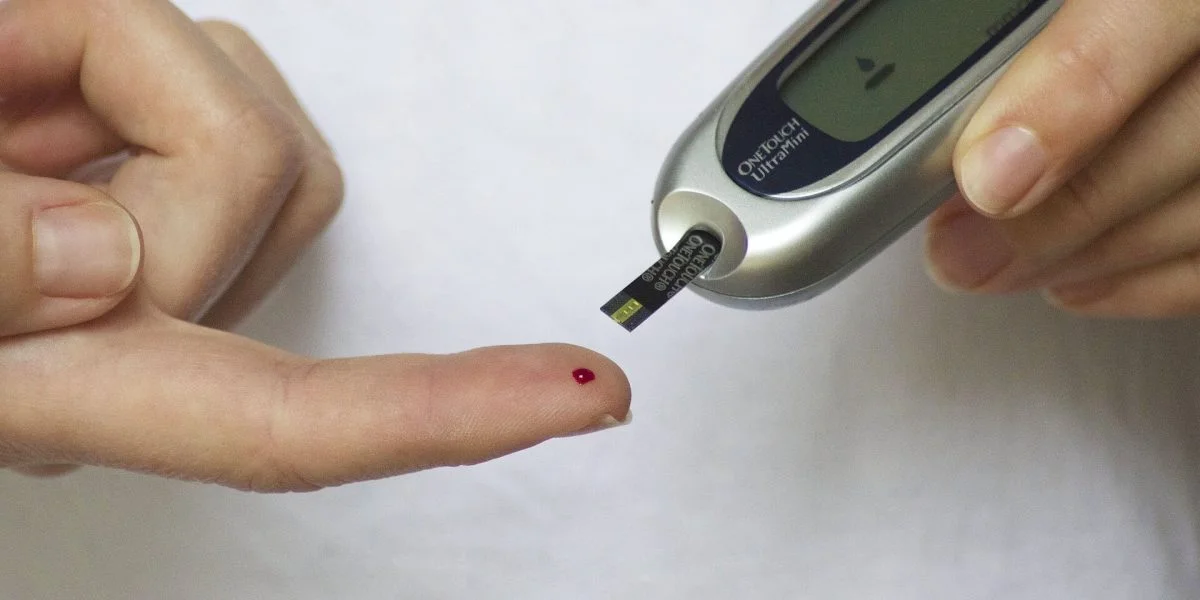

TYPE 1 AND 2 DIABETES AUSTRALIA
September 9, 2022
Diabetes: Type 1 and 2 – What You Need To Know!
There are two types of Diabetes. Type 1 and 2. Diabetes is a serious chronic condition and can be well managed when treated early. Do make sure you call in and see your GP on a regular basis so they can perform the necessary checks. If you have any concerns don’t be afraid to discuss them on your next visit. Briefly Type 1 Diabetes is when your body is unable to make insulin. Insulin produced by the pancreas in order to help transport glucose into your cells to be used as energy. No insulin means your body is unable to breakdown the glucose into energy which results in high sugar levels in your bloodstream. Type 2 Diabetes develops over time where your body stops responding well to insulin despite adequate levels. Therefore the body is not effectively managing your blood sugar levels. As a result, your pancreas works overtime to produce insulin. As a result, the pancreas gets worn out and progressively loses its ability to produce insulin and sometimes can eventually result in your body unable to produce insulin altogether. Type 2 diabetes is the more common out of the two accounting for “85%-90% of all diabetes cases.”1 As a Penrith medical centre, we have created this guide on everything you need to know about diabetes.Symptoms – some common symptoms of Type 1 and 2 Diabetes


- Feeling tired or lethargic
- Increased thirst and hunger
- Unexplained weight loss(type 1)
- Gradually putting on weight (type 2)
- Blurred vision
- Slow-Healing of cuts
- mood changes
- frequent urination
- headaches
- leg cramps
- dizziness
Who is at risk?
Certain people will be at risk for getting diabetes. Here are 6 common risk factors.- You are at greater risk if you have a family history of diabetes
- Being overweight
- Lack of regular exercise
- Poor diet choices such as eating a lot of junk food
- Your risk increases as you get older
- If you are Aboriginal or Torres Strait Islander you are almost four times more likely than non-indigenous Australians to get diabetes.
- Lead to blindness in adults
- Cause kidney failure and dialysis
- Increases the risk of heart attacks and stroke
- Major cause of limb amputations
- Affects mental health and physical well being.
How is diabetes managed?



